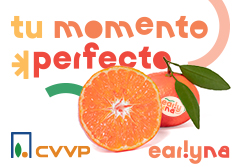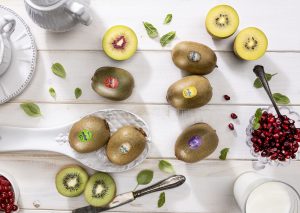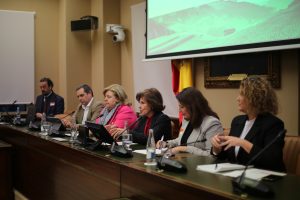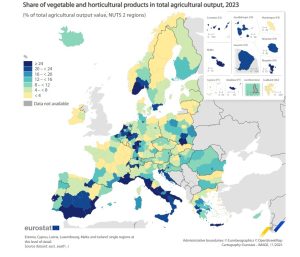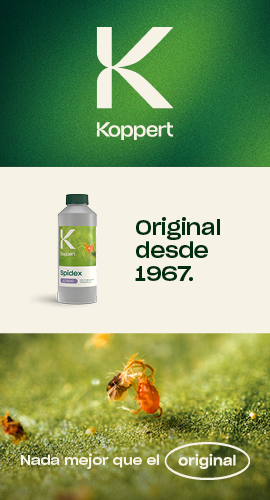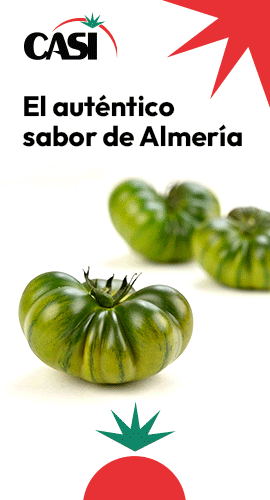Science has shown that stressed plants emit signals—such as volatile compounds—that attract both macroorganisms (pathogenic insects) and microorganisms (fungi, bacteria, nematodes…), which are able to detect their most vulnerable points. To counter this effect, Servalesa has developed a comprehensive protocol that begins at planting and supports the crop through its most critical phases.
During the foliar treatment phase for seedlings, MAS RAIZ®+ (AMM 1180618) is applied via foliar spray. This biostimulant, based on GABA, micronutrients and essential sugars, mitigates stress effects suffered by the plant after leaving the nursery. Also applied via foliar route, FUSVER® ECO (0038595/23) is a biostimulant based on Bacillus subtilis and a selected concentration of secondary metabolites, with proven biostimulant activity.
For root reinforcement as true roots emerge, MAS RAIZ®+ is applied via the root system. Its main role is to promote strong root development—both primary and secondary roots, as well as root hairs (which are essential for improving nutrient uptake efficiency). It also has a prebiotic effect that facilitates the establishment and proliferation of beneficial microorganisms.
In this same application, FUSVER® ECO and RENOV® TRICCO (0027559/19) are included. RENOV® TRICCO is a biostimulant based on Trichoderma harzianum that regenerates the soil and activates crucial metabolic pathways to develop a vigorous root system.
A few weeks later, MAS RAIZ®+ is applied again along with RENOV® SUPER 6 (0034775/21), a biostimulant composed of six rhizobacteria that meets the key criteria of a consortium: adaptability, versatility, and synergy. This treatment promotes the development of secondary roots and microbiota activity, recreating the conditions of fertile, stable soil.
Continuous vascular support
Between each application, a combination of SERGOMAX® (vascular tissue regenerator) and SERGOMIL® L60 (a biostimulant based on sucrose and systemic copper) is used, either foliar or root applied depending on preference. This helps improve the plant’s vascular system, thereby enhancing the translocation of both xylem-transported nutrients and phloem-transported photoassimilates.
Sustained photosynthetic activity
It is important to remember (especially this year, due to planting delays) that every day counts for these high-value, short-cycle crops.
Therefore, under the high temperatures typically associated with cucurbit cultivation, the use of tools like FEEDSER® (a biostimulant based on glycine-betaine, potassium and complexed calcium), BETASER® (with a high concentration of glycine-betaine and marine extracts), or DESES-3® (a biostimulant with high concentrations of glycine-betaine, proline and selected growth factors) should become standard.
These products not only have biostimulant effects but also regulate stomatal opening and closing more effectively, reducing thermal stress in crops.
These actions aim to ensure more efficient rooting with continuous production of healthy, young roots to maximise nutrient uptake and the establishment of beneficial microorganisms. An efficient vascular system is also sought, with optimal circulation of water and nutrients. And enhanced stress resilience, with minimal physiological disruption during thermal peaks.
Ongoing monitoring by farmers and technicians complements this protocol, ensuring each product is applied at the optimal time and method to guarantee healthier, more productive cucurbit crops.










